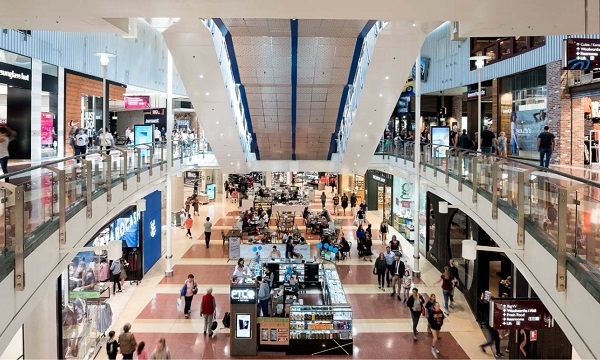
SPH REIT banks on rising consumer spending with Westfield Marion buy
The mall’s proximity to several government-backed projects nearby will boost spending in the long run.
SPH REIT’s acquisition of the South Australian shopping mall Westfield Marion is expected to further boost its growth and earnings visibility, according to DBS Equity Research.
The REIT bought a 50% stake in Westfield Marion, the largest shopping centre in Adelaide and South Australia, for $636.5m. Westfield Marion boasts of 99.3% occupancy with a WALE of 6.7 years, and attracts 13.5 million visitors annually.
The spending power of consumers is projected to rise in the long-term, given that the Australian government has zeroed in on Adelaide both for its space ambitions and for the BioMed City project.
“In the longer term, with supportive government-led initiatives such as the investment into the Australian Space Agency located in Adelaide and $3.55b (A$3.8b) invested in BioMed City project within the Adelaide Central Business District (CBD) will over time, bring more highly skilled jobs to Adelaide. This, in our view, points to stronger retail spending power in the longer term, and thus upside to Westfield Marion’s performance in the long run,” said DBS analyst Derek Tan.
Already the total retail spend per capita for the Westfield Marion Total Trade Area is estimated at $13, 062.72 (A$13,978) per annum in 2018, which is 3% above the Adelaide Metro average of $12,647.79 (A$13,534). This makes the development highly attractive to tenants, noted Tan.
“Population and spending growth within the total trade area (TTA) is projected to post c.0.8% and 3.6% CAGR over the next 15 years, which in our view, supports demand for retail space from tenants who want to relocate there,” he added.
In DBS’ estimates, SPH REIT DPU by 1.6% for the deal and an NAV accretion of 0.4%.
Westfield Marion’s addition to SPH REIT’s portfolio’s also boosts the firm’s WALE from 3.2 years to 5.1 years. Furthermore, most of the specialty tenant leases have a CPI of 2-2.5% escalations, which provides an inbuilt organic growth momentum for the REIT in the longer term, said DBS.
The shopping centre also reduces the REIT’s tenant concentration with top 10 tenants contributing only 15% of income from 19.3% formerly.
























 Advertise
Advertise






